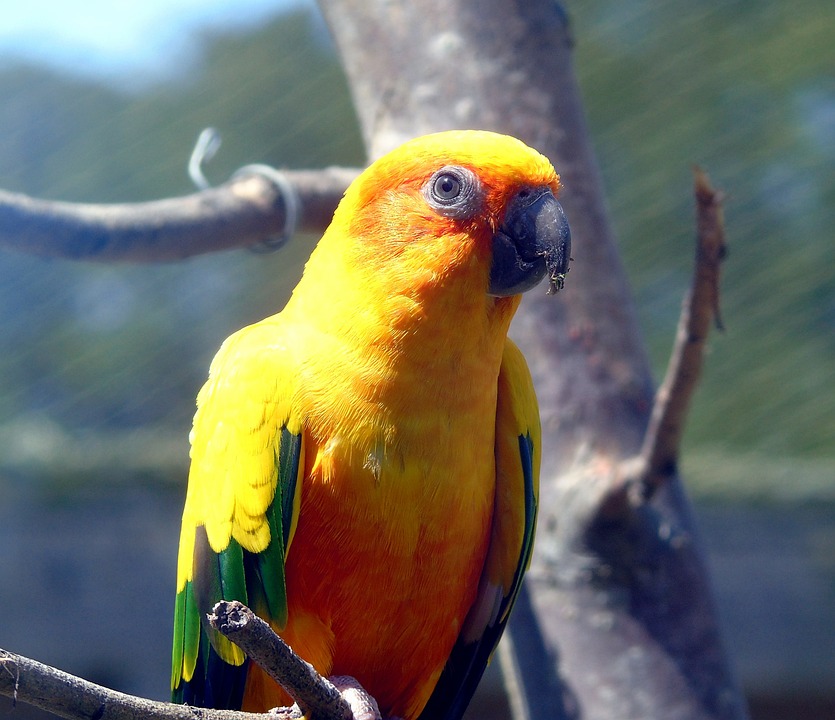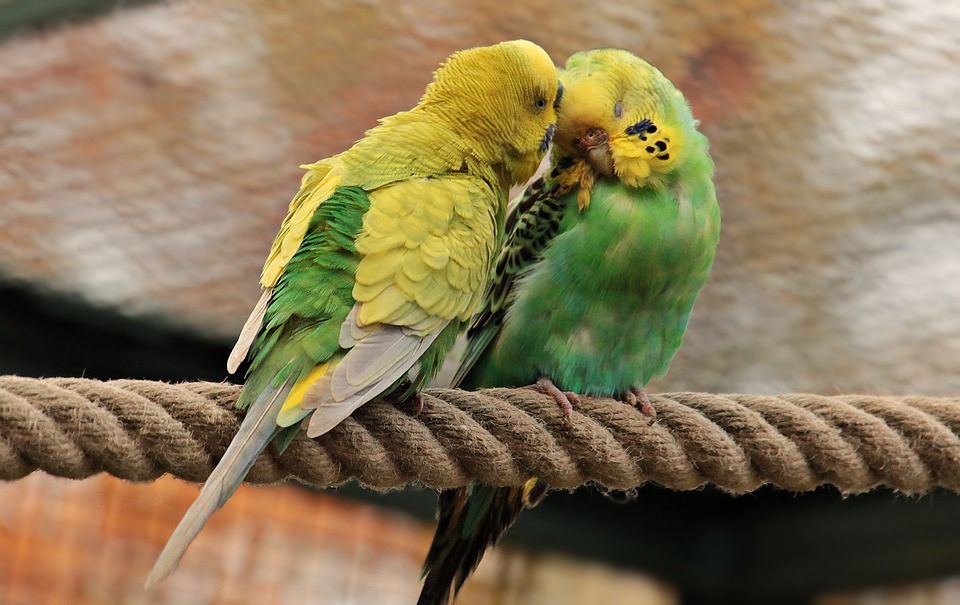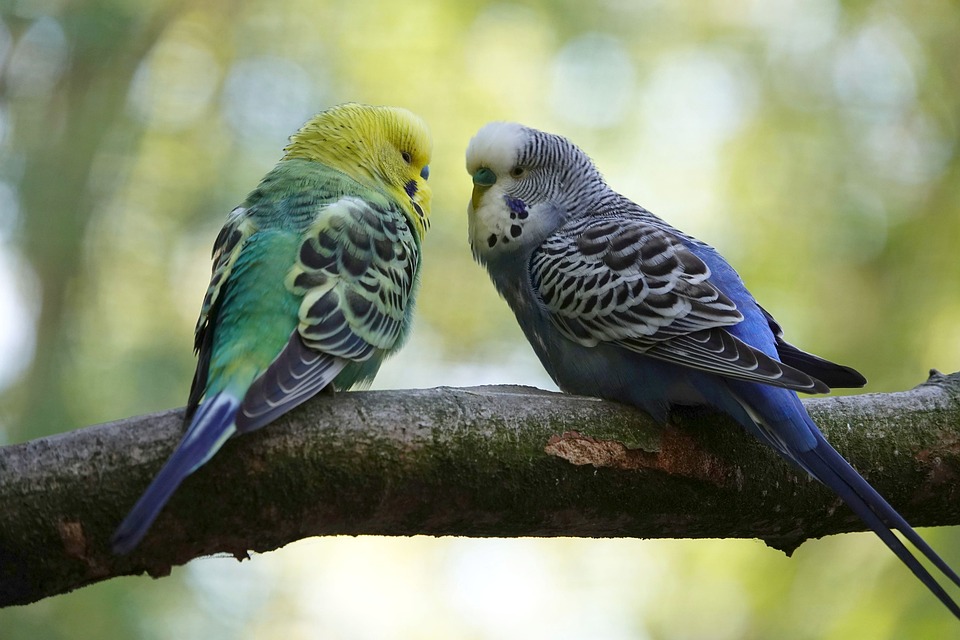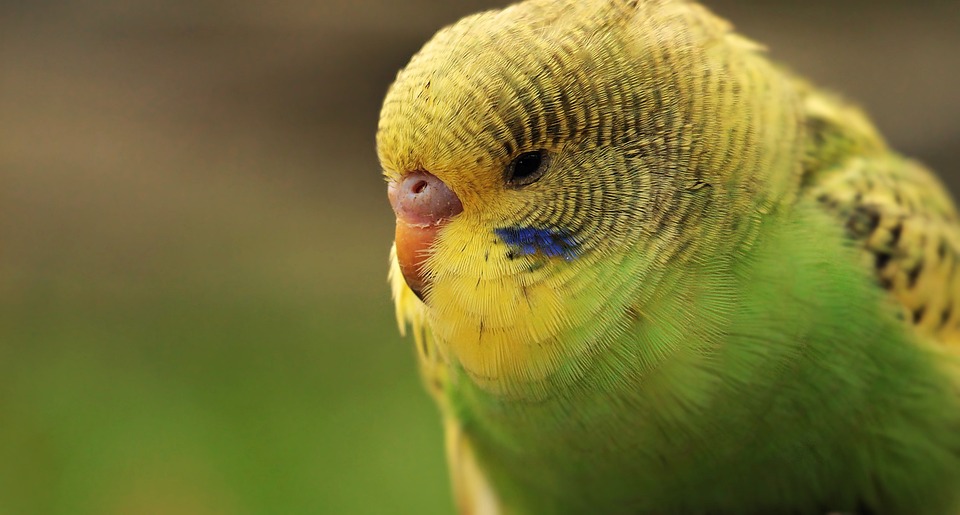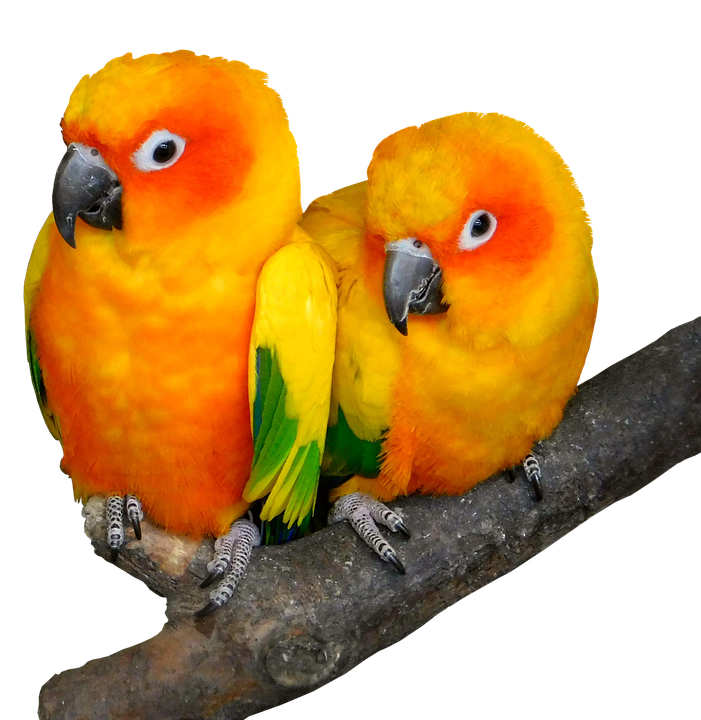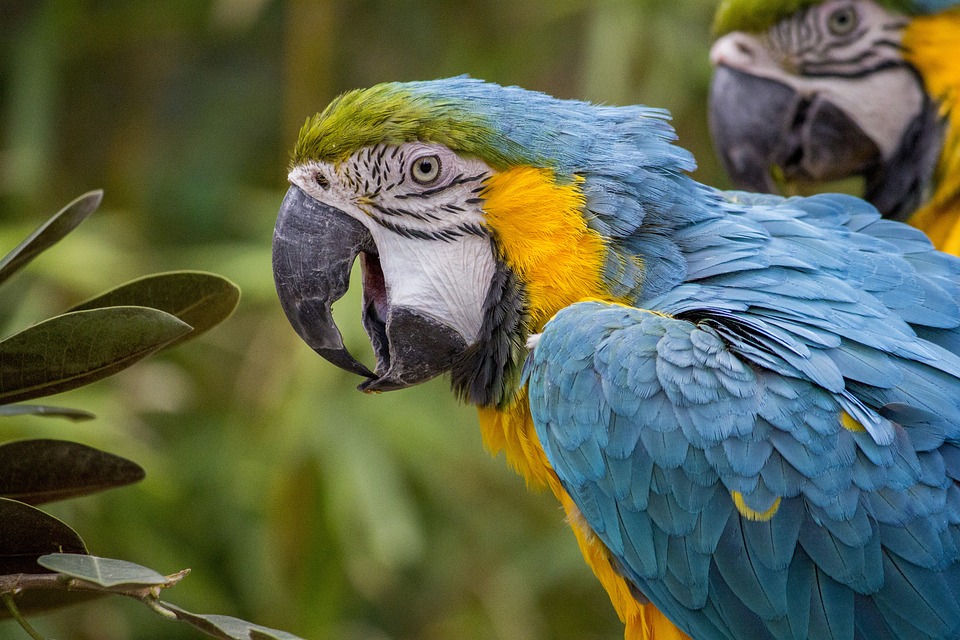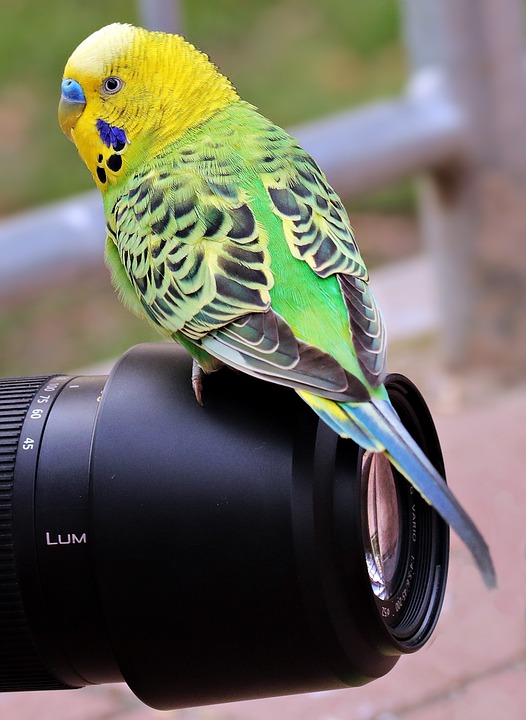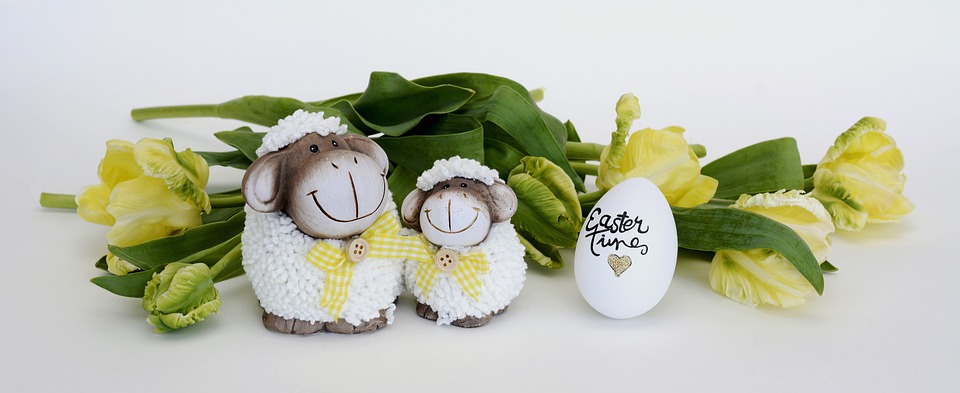Parrots are intelligent and inquisitive creatures that thrive on mental stimulation and exploration. Recognizing signs of curiosity in your parrot and encouraging them to explore new toys can greatly enhance their well-being and overall happiness. In this article, we will discuss various ways to identify when your parrot is curious and provide valuable tips on how to encourage their exploration of new toys.
Recognizing Signs of Curiosity in Parrots:
1. Vocalizations:
– Pay attention to increased vocalizations or unique sounds your parrot makes. Curiosity often prompts parrots to vocalize in different ways, expressing their interest in their surroundings.
– Listen for excited or inquisitive chirping, whistling, or squawking, as these can indicate curiosity and eagerness to explore.
2. Body Language:
– Observe your parrot’s body language closely. Signs of curiosity may include an upright stance, puffed-up feathers, dilated pupils, and an alert and attentive posture.
– Look for head tilting, where your parrot tilts its head to one side to get a better view or understand something new. This behavior signifies curiosity and engagement.
3. Investigative Behavior:
– Watch for increased investigative behavior, such as nibbling or chewing on nearby objects. Curious parrots often use their beaks to explore and interact with their environment.
– Notice if your parrot is closely inspecting new objects or toys, manipulating them with their beak, feet, or even hanging upside down to get a different perspective.
Encouraging Exploration of New Toys:
1. Introduce Variety:
– Offer a diverse range of toys to maintain your parrot’s interest and curiosity. Toys with different textures, colors, shapes, and functionalities can stimulate their senses and keep them engaged.
– Rotate toys regularly to maintain novelty, swapping them out every few weeks to prevent boredom.
2. Interactive Toys:
– Provide interactive toys that require problem-solving or manipulation, such as puzzle toys or foraging toys. These toys encourage exploration and engage your parrot’s natural instincts.
– Hide treats or favorite food items within these toys to reward your parrot’s curiosity and encourage further exploration.
3. Positive Reinforcement:
– Praise and reward your parrot when they show interest in new toys or successfully explore them. Positive reinforcement, such as treats or verbal praise, will associate curiosity and exploration with positive experiences.
4. Play and Bonding:
– Engage in interactive play sessions with your parrot using toys. This not only encourages exploration but also strengthens your bond with your feathered friend.
– Use toys that promote social interaction, such as toys with bells or ropes, to encourage your parrot to explore and play with you.
FAQs about Parrot Behavior:
1. Q: How long should I leave a new toy in my parrot’s cage?
– A: It is recommended to leave a new toy in your parrot’s cage for at least a few days to allow them to become familiar with it. However, if your parrot shows no interest or becomes fearful, remove the toy and try a different one.
2. Q: What if my parrot seems scared or hesitant to explore new toys?
– A: Patience is key. Allow your parrot to observe the toy from a distance and gradually introduce it closer over time. Offer treats or favorite food near the toy to create positive associations and encourage exploration.
3. Q: Are there any toys that might be unsafe for my parrot?
– A: Yes, avoid toys with small parts that could be swallowed, toxic materials, or sharp edges. Opt for toys specifically designed for parrots and always supervise your bird during playtime.
4. Q: How often should I change my parrot’s toys?
– A: It is advisable to rotate your parrot’s toys every few weeks to keep them engaged and prevent boredom. However, observe your parrot’s preferences and adjust accordingly.
Conclusion:
Understanding and recognizing signs of curiosity in your parrot is crucial for their mental well-being. By providing a variety of toys and encouraging exploration, you can keep your parrot entertained, stimulated, and happy. Remember to always prioritize your parrot’s safety and monitor their interactions with toys regularly. Happy exploring!

